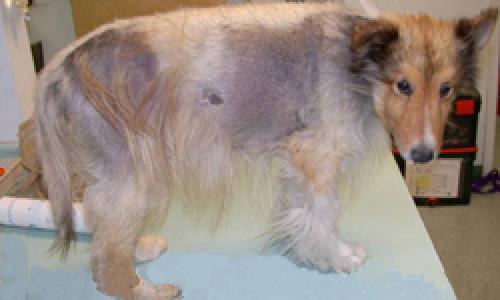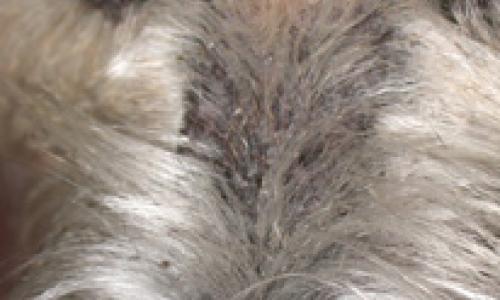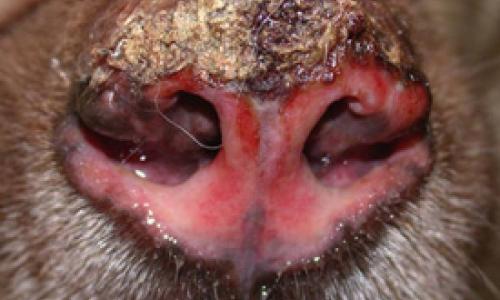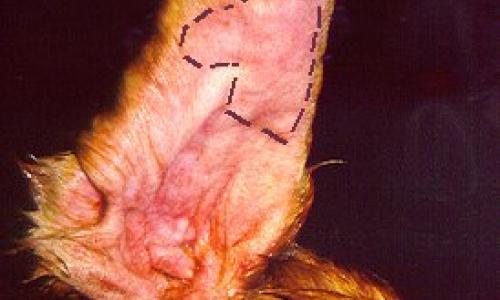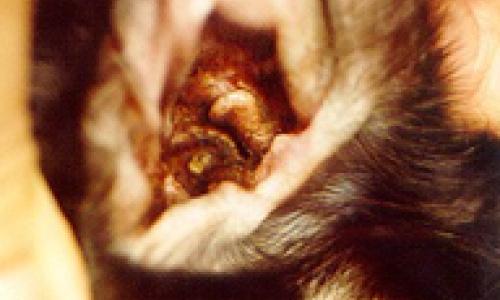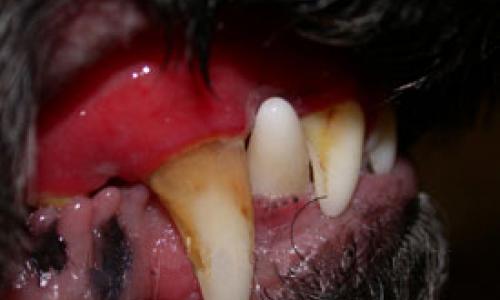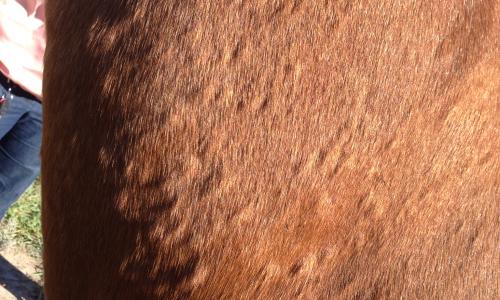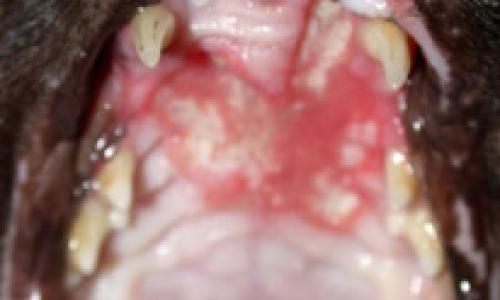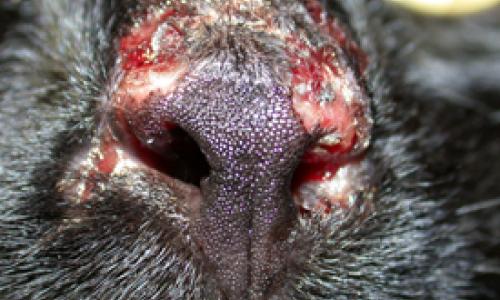Pet & Animal Disease Index
-
Cushing's Disease
Cushing's disease results from excessive production of cortisol, a hormone normally produced by the adrenal glands.
View disease -
Dermatomyositis
Hereditary, immune-mediated condition of the skin and muscles in dogs and humans.
View disease -
Discoid Lupus
DLE include loss of pigmentation where the brown/black color of the nose changes to a slate blue or pink color, redness, and scaling of the nose.
View disease -
Ear Hematoma
When an animal has a painful or itchy ear, it may swing its head about or scratch its ear to alleviate the discomfort. This behavior can cause trauma to the animal's pinna, or earflap, that can add even more irritation to the ear.
View disease -
Ear Infections
An ear infection, or otitis, is an inflammation of the outer, middle, or inner ear canal. Most frequently, an animal will develop otitis in the outer ear that may worsen and spread into the middle ear.
View disease -
Ear Mites
Highly contagious, ear mites are a common cause of many ear problems in cats and, less commonly, in dogs. Ear mites are found in cats of all ages, but kittens tend to be infected more commonly. These mites can cause intense itching.
View disease -
Epitheliotropic Lymphoma
(1) generalized red inflamed and scaly skin-the skin maybe so flaky that the flakes appear to be shed in sheets; (2) loss of pigment and ulceration/crusting of the nose, lips and around the eyes-owners may notice a black nose slowly lose pigment to become completely depig
View disease -
Equine Atopy
Like humans, horses can be allergic to pollens, spores, and other allergens that appear in the environment seasonally, as well as substances found within the barn such as dust, mites, and animal dander.
View disease -
Feline Eosinophilic Granuloma Complex
Feline eosinophilic granuloma complex is made up of three different disease presentations. The first is feline indolent ulcer, also known as an eosinophilic ulcer or rodent ulcer.
View disease -
Feline Herpesvirus Dermatitis
Sneezing, lethargy, anorexia, fever, conjunctivitis, lymph node enlargement and serous/mucopurulent nasal and ocular discharge. Corneal or oral ulceration may be in more severely affected cats.
View disease

